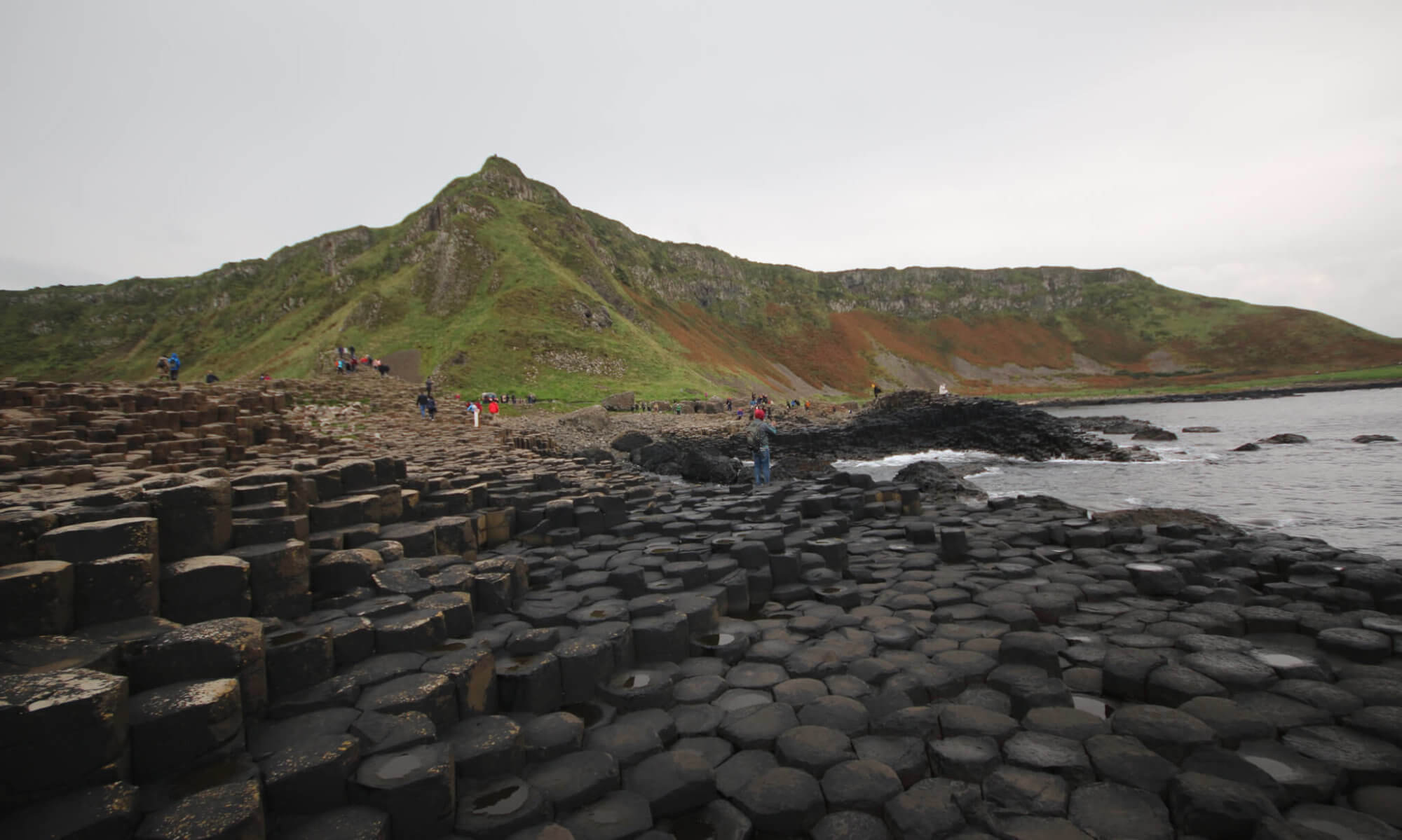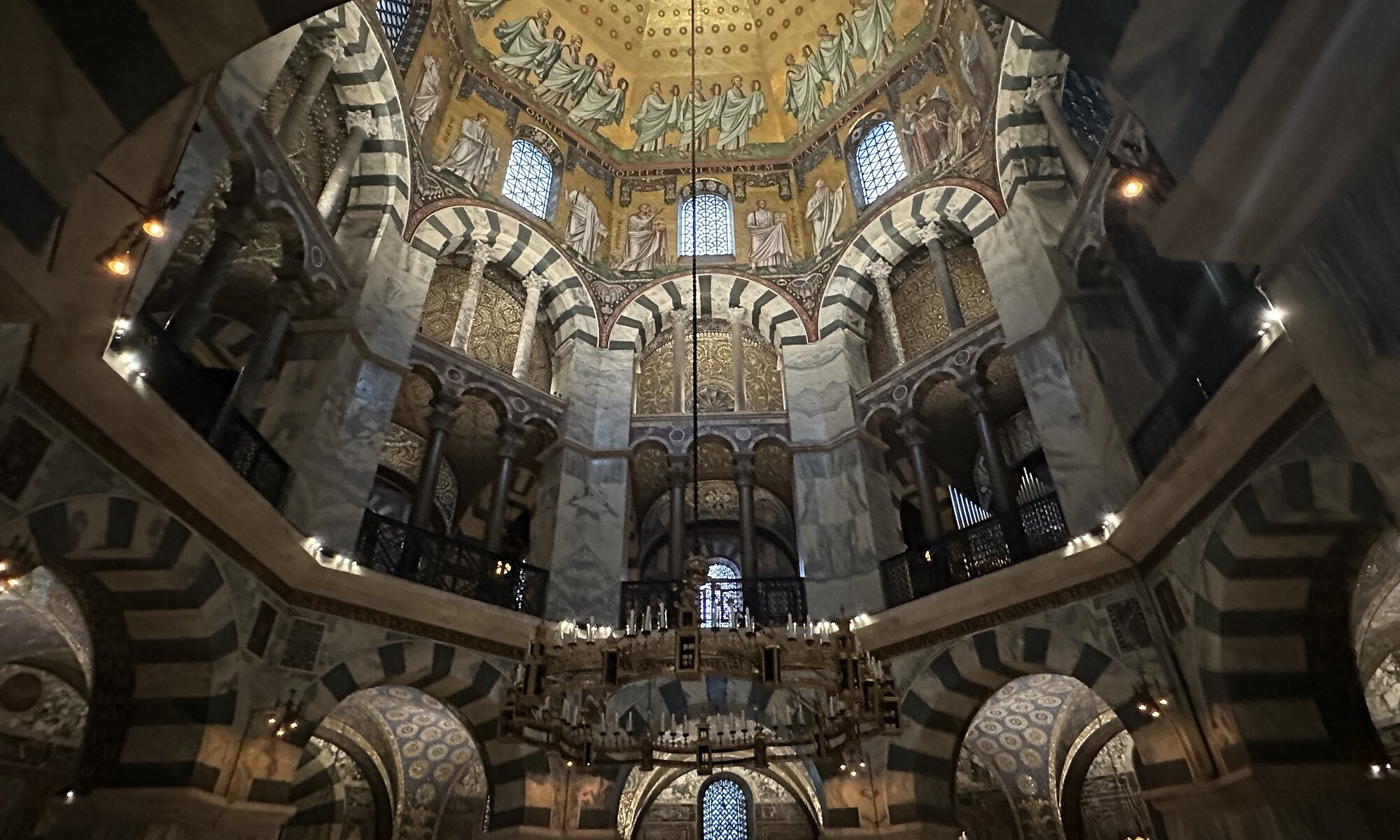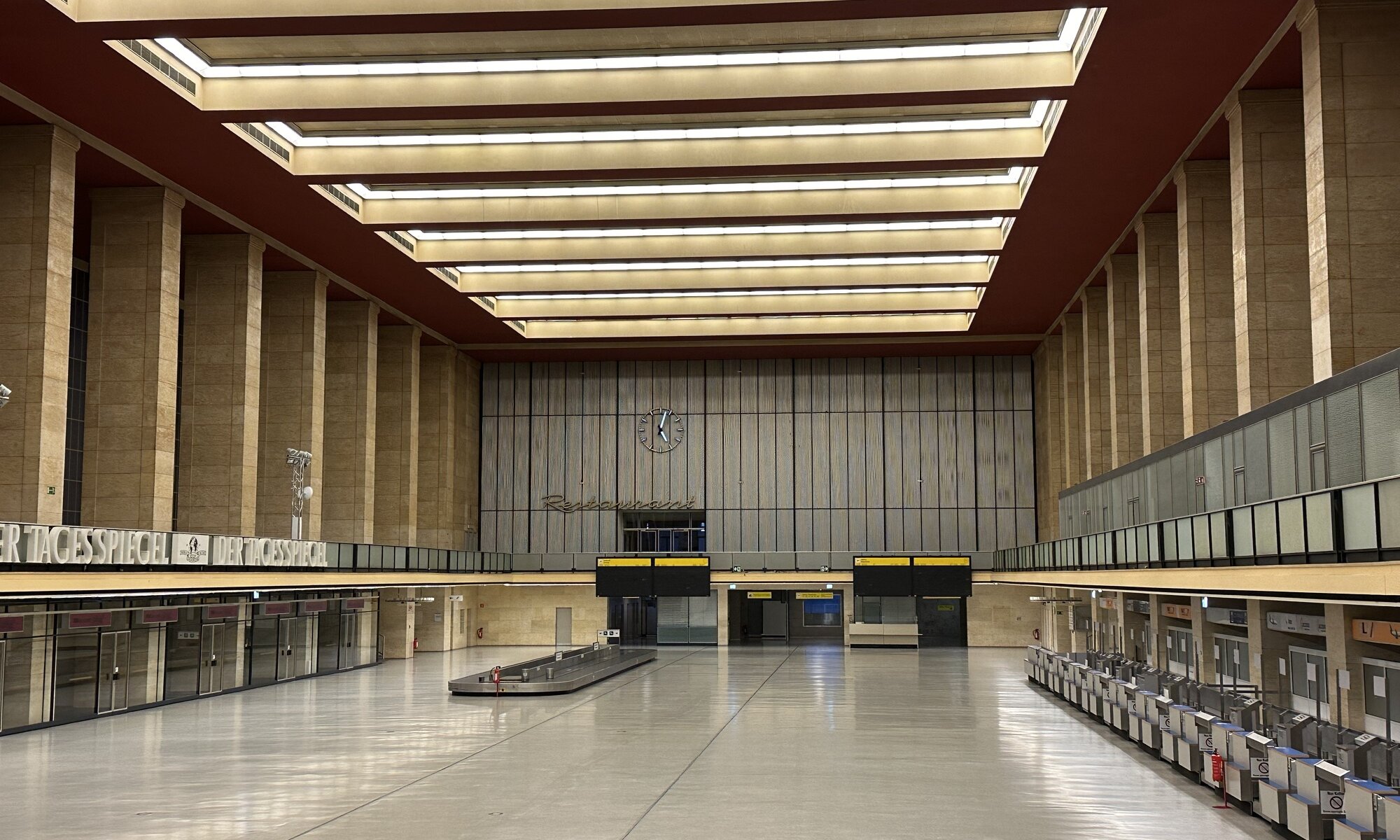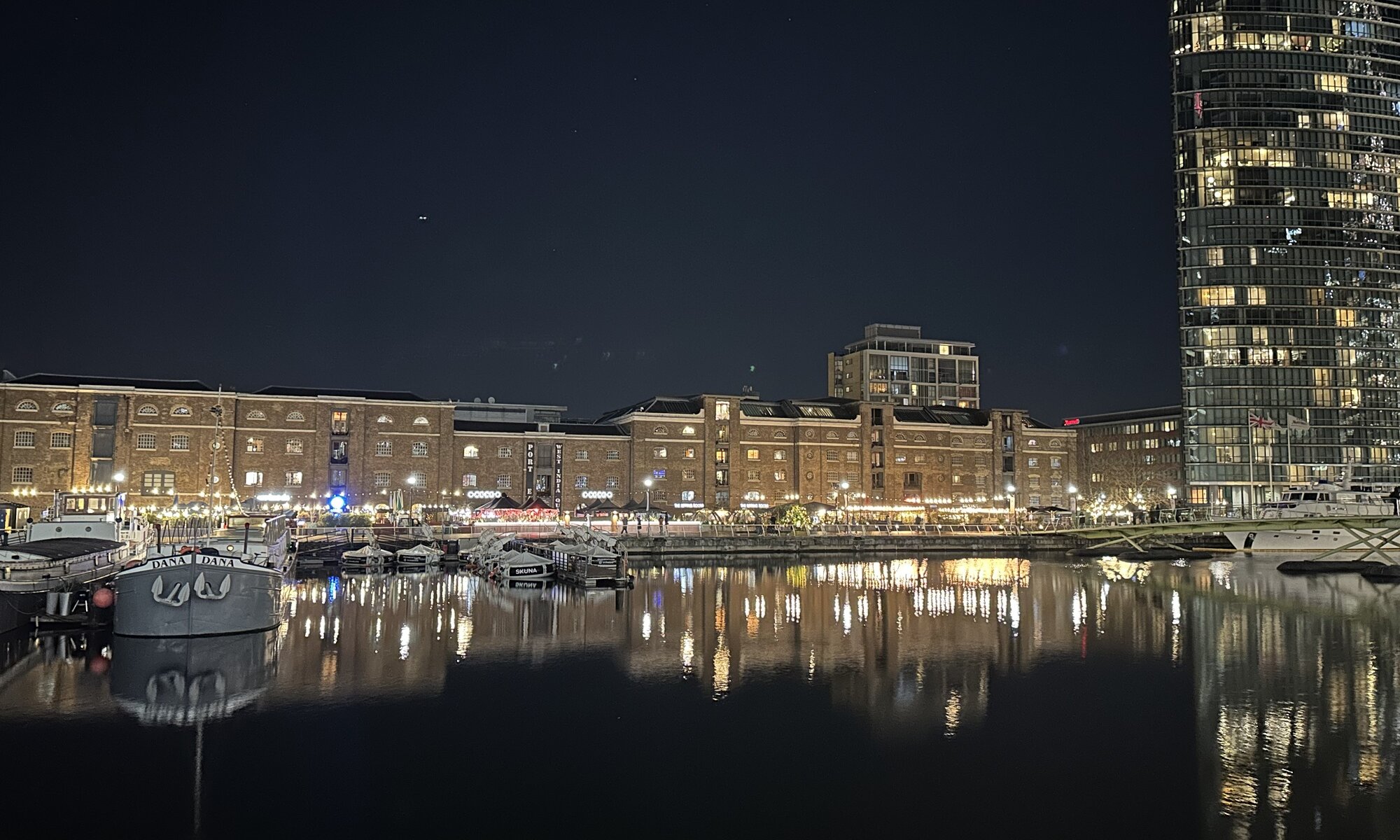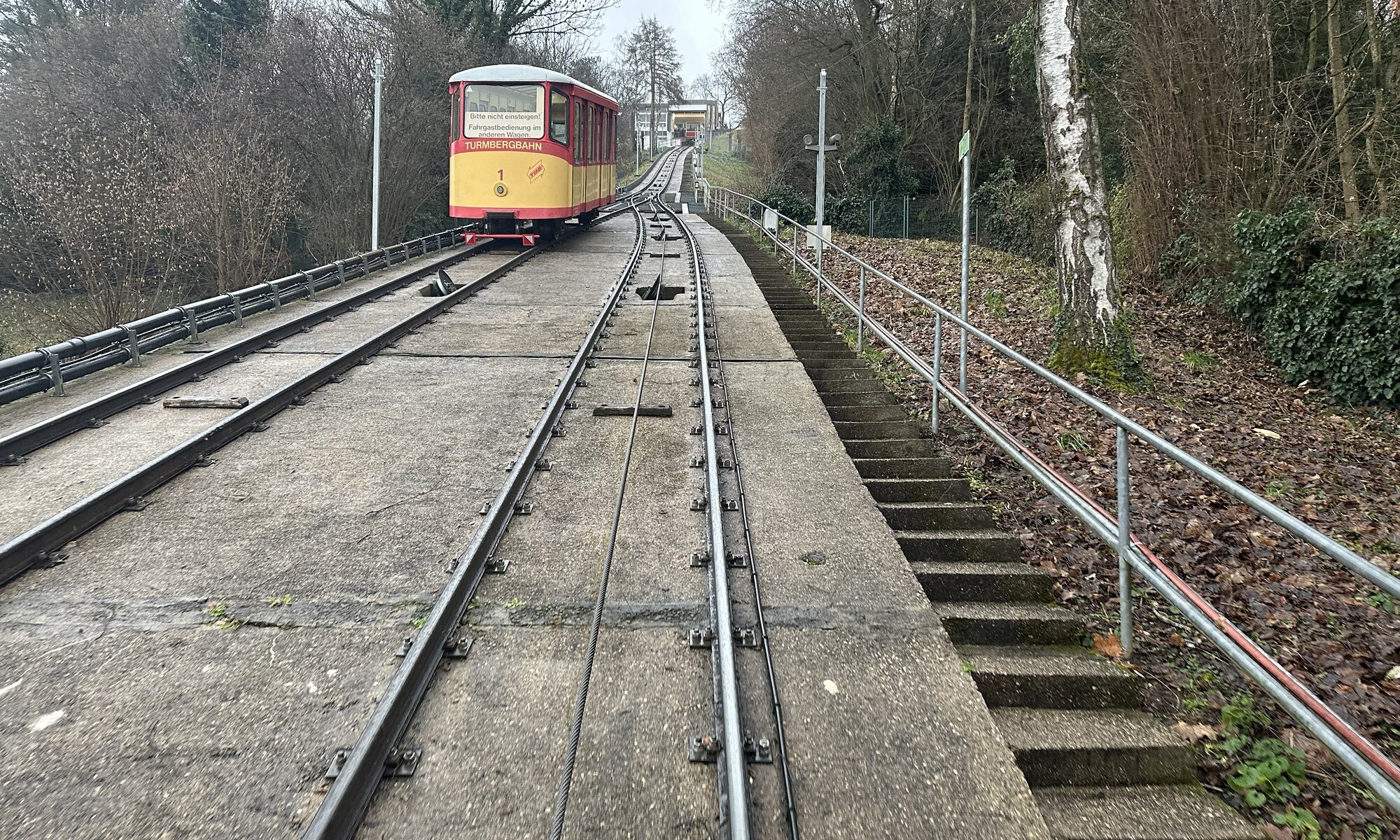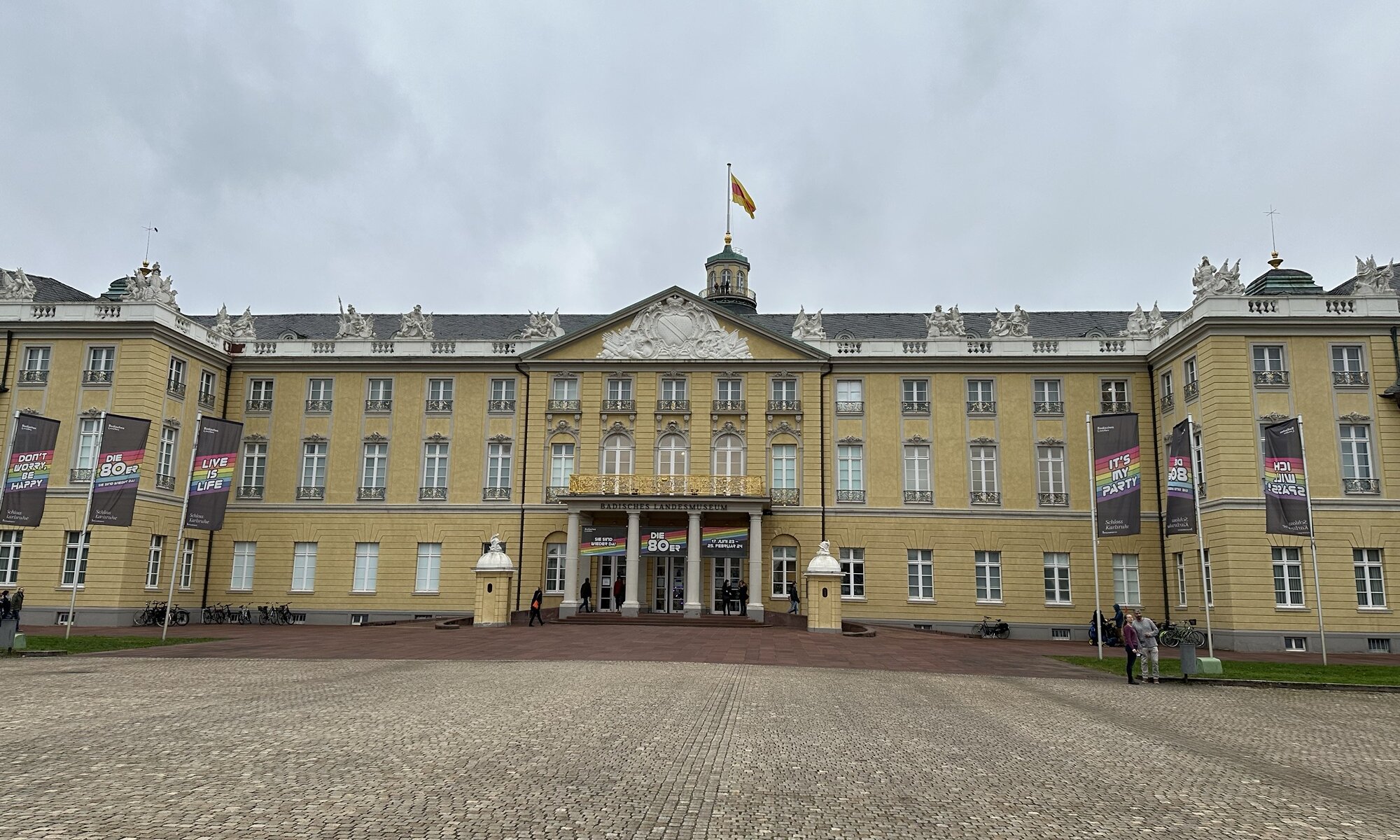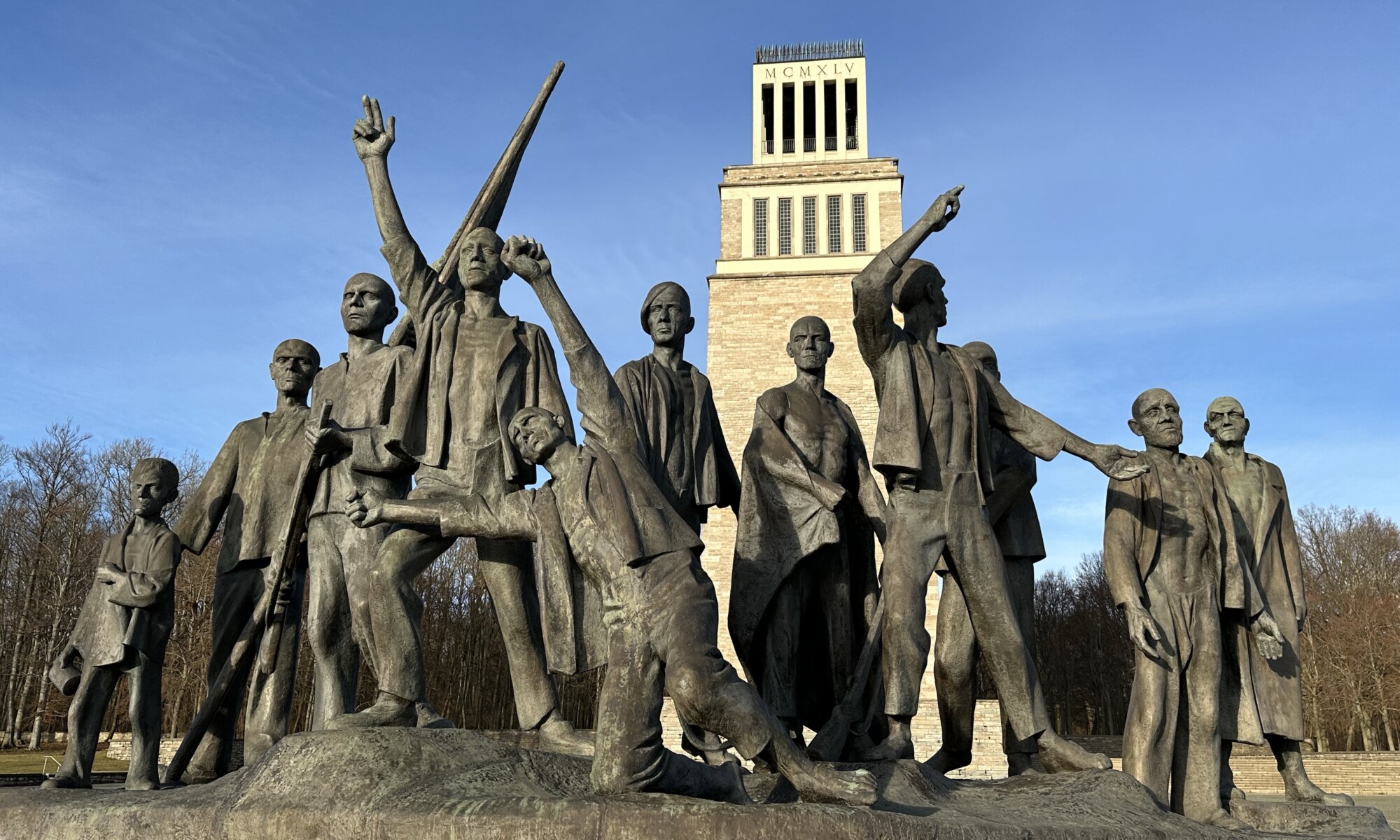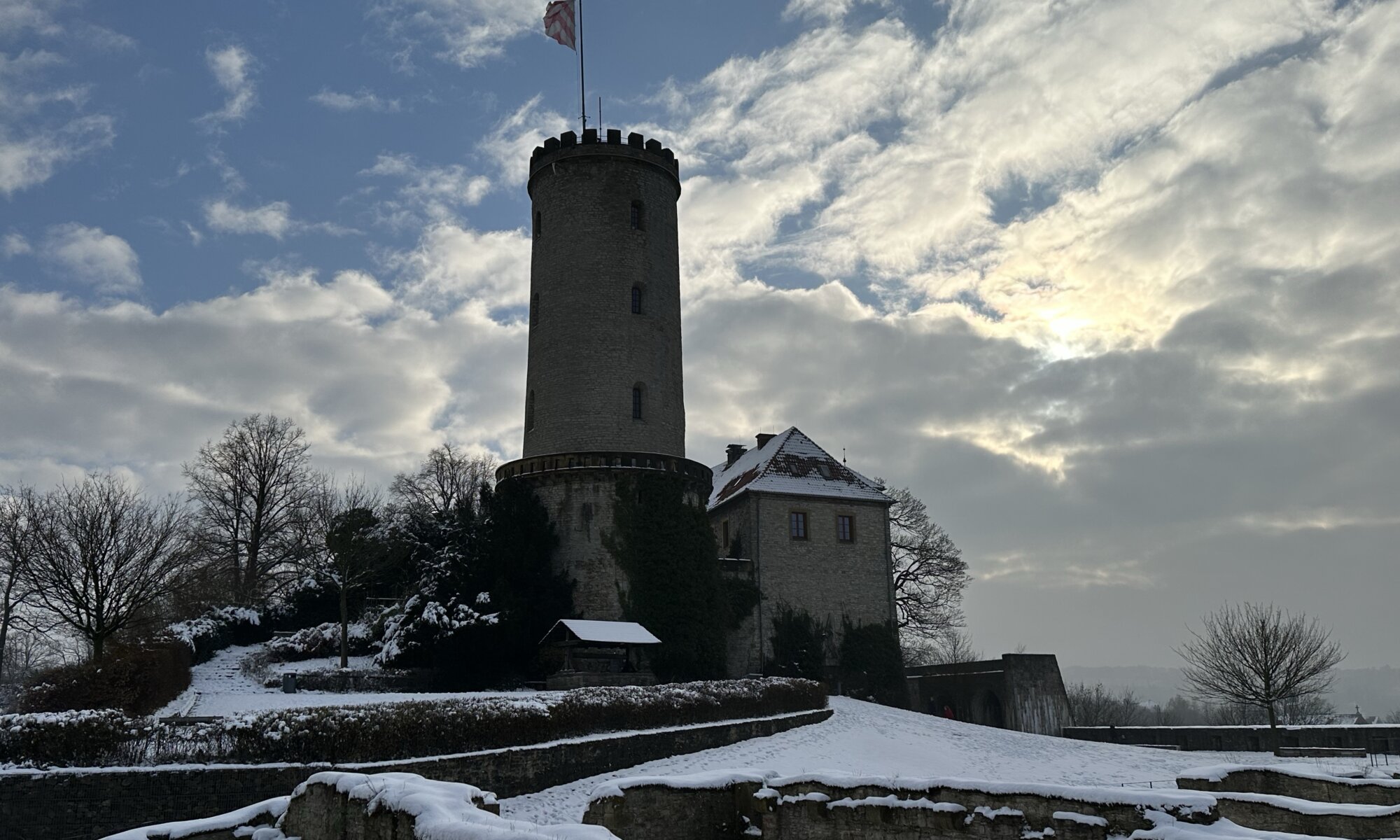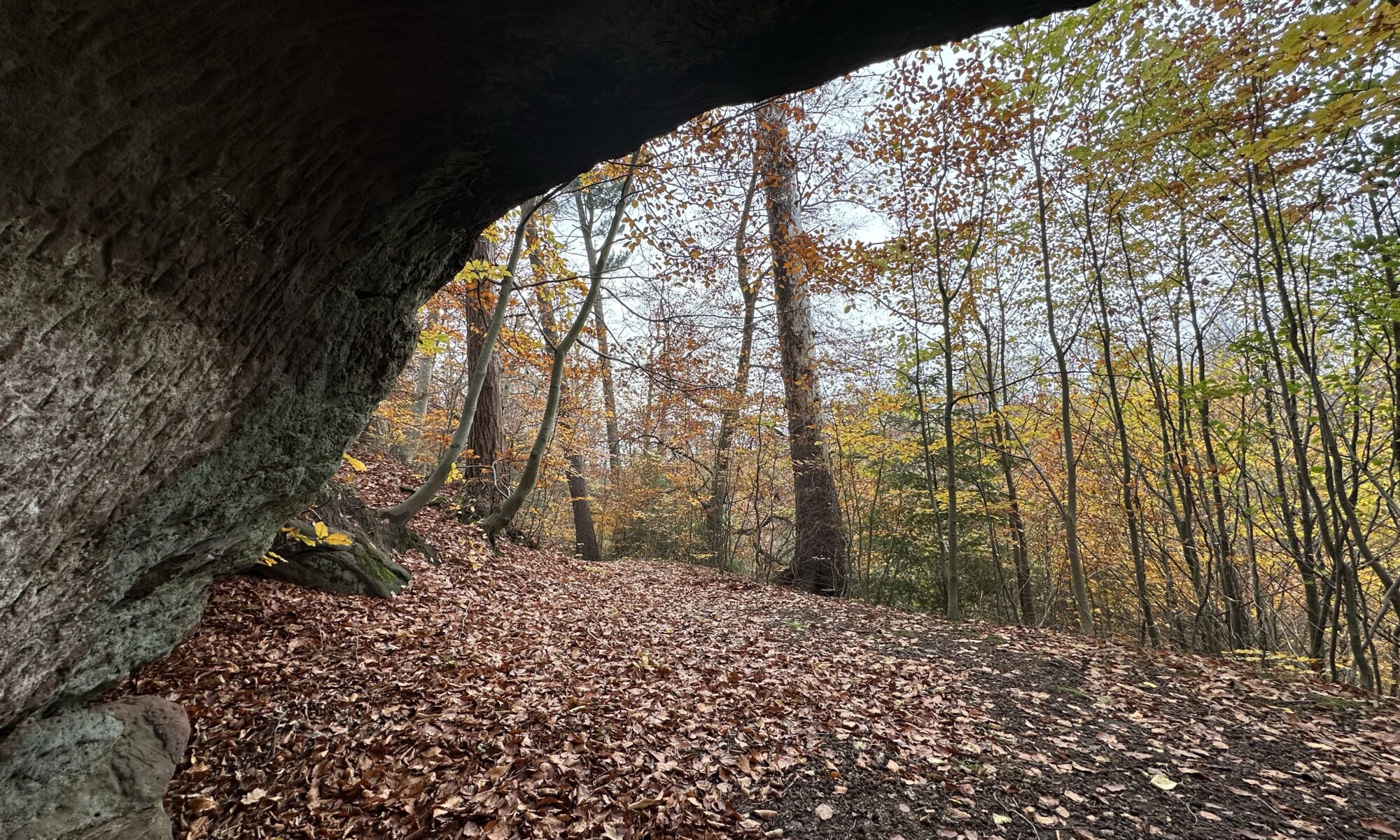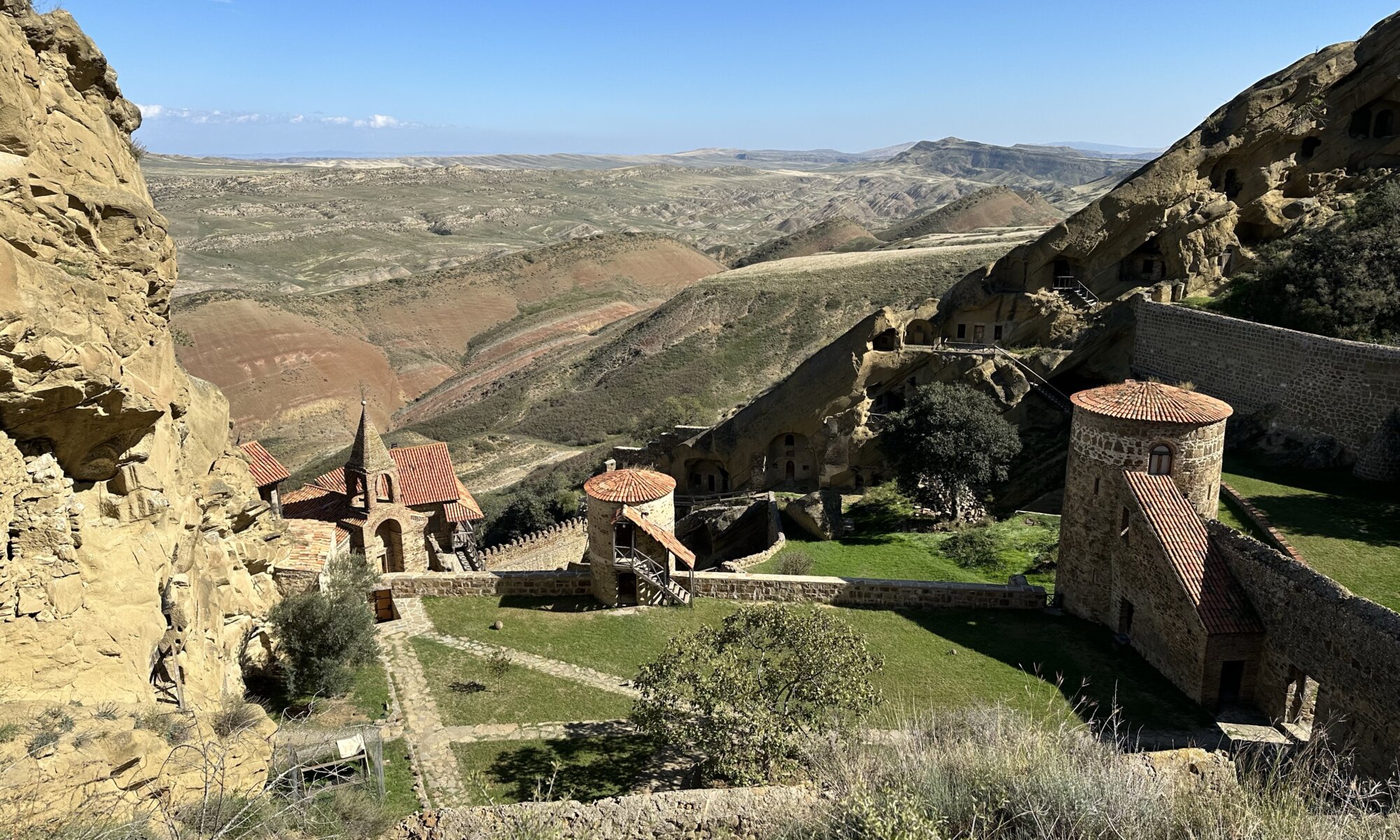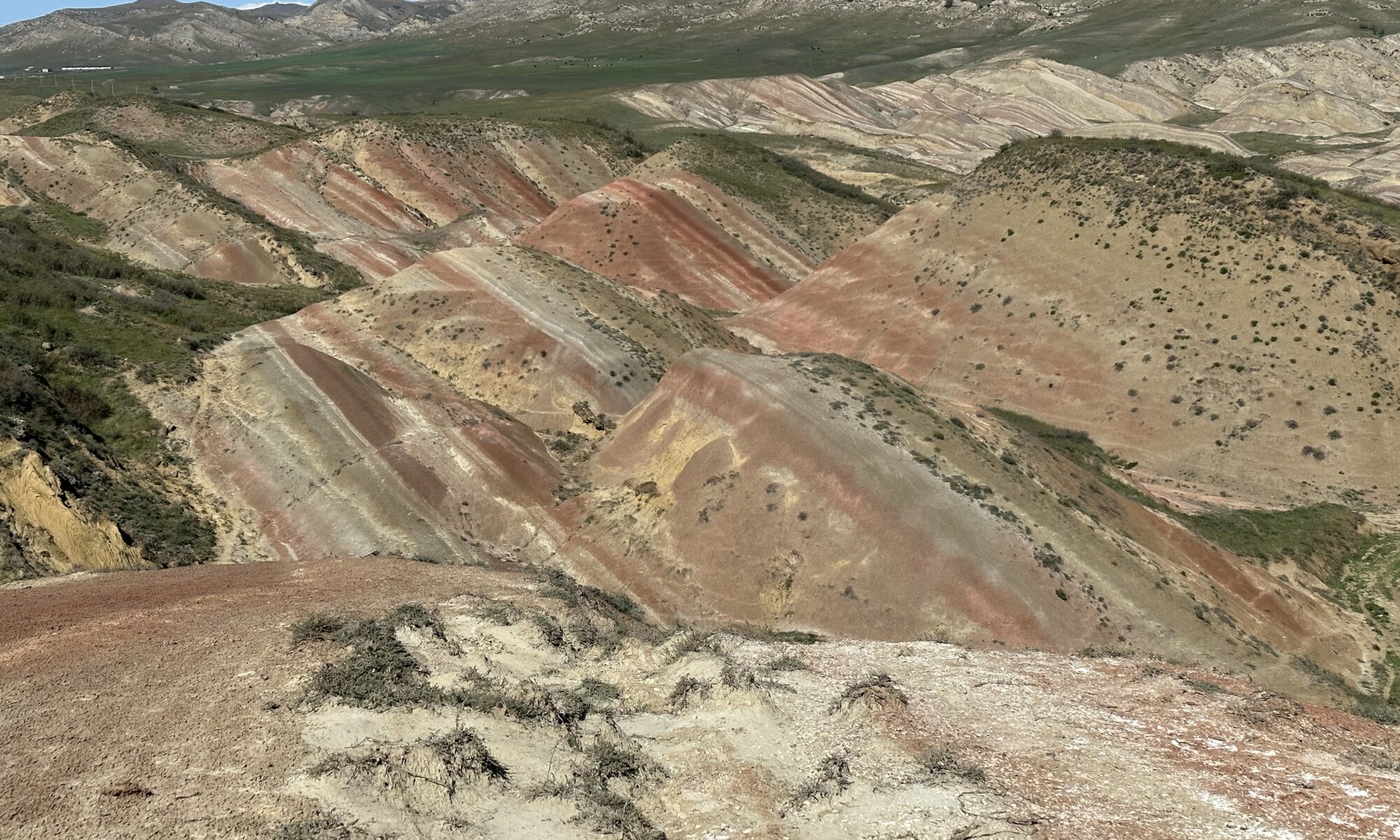When in 1978 the UNESCO published the World Heritage Site list for the very first time there was only on entry from Germany: the Kaiserdom zu Aachen. It was created by the order of emperor Charlemagne from 795 on and it was part of his Kaiserpfalz at Aachen. Emperors by that time were continuously travelling and had different palaces in their territory. The most favorite palace of Charlemagne was at Aachen and you can still see that in the beauty of this cathedral.
Continue reading “Aachener Dom”Zentralflughafen
The Tempelhof airport (THF) at Berlin was one of the earliest public airports at Germany operating between 1923 and 2008. During this time it was continuously extended and was ahead of its time: with hotels, restaurants and a subway stop directly next to it. Today it is replaced by the new Berlin airport (BER), the historic building is used for offices and the former airfield is now a vast park known as the Tempelhofer Feld, larger than the country San Marino. Additionally you can book guided tours at the former airport to experience the special architecture.
Continue reading “Zentralflughafen”Canary Wharf
Within the Docklands in the East of London you can find the shiny modern city quarter Canary Wharf, named like this because it was once used for trading with the Canary Islands. On the Isle of Dogs surrounded by river Thames you can find some of the highest towers of the United Kingdom. Many banks are now settled here, making the area a rival to the historic financial center at the City of London.
Continue reading “Canary Wharf”Turmbergbahn
The Turmberg is an only 257 meters high mountain in the city quarter Durlach of Karlsruhe. People get there for hiking, for dining in the restaurant on top or for having a picnic with nice views on the city from the terrace next to the tower. The tower is in fact the last remaining part of the former fortification Burg Hohenberg from the 11th century; it is today used as a viewpoint.
Continue reading “Turmbergbahn”Schloss Karlsruhe
The city layout of Karlsruhe is special: when looking at a map you can see a giant circle in the city center. In its middle you’ll find the castle with the castle tower. From there 32 streets radiate out giving the city the nickname of the ‘fan city‘, the Fächerstadt. The city was founded in 1715 and in that year also the construction works of the Baroque-style castle started. It served as the seat of margrave Charles III William of Baden-Durlach and was a residence until the year 1918 when the Grand Duchy of Baden was abolished.
Continue reading “Schloss Karlsruhe”Buchenwald
German fascism created an extensive network of concentration camps, extinction camps and forced labor sites. Jewish citizens, political opponents, prisoners of war, homosexuals, disabled persons, Sinti and Romani people suffered and died because of the ideology of the German Nazi party supported by the German people. The three major concentration camps on German soil are Dachau (close to München), Sachsenhausen (close to Berlin) and Buchenwald on the Ettersberg mountain close to Weimar.
Continue reading “Buchenwald”Sparrenburg
A high tower, strong fortification walls and casemates cut deep into the 180 meters high Sparrenberg mountain: the Sparrenburg is the most important and most visited sight of Bielefeld. It was built until the year 1250 CE to protect the passage through the Teutoburg Forest in which the city of Bielefeld is located in. The castle was continuously altered over time and adopted to technology changes in warfare.
Continue reading “Sparrenburg”Bürgergrotte
Gottfried August Bürger was a German poet who first studied law at the university of Göttingen. There his attention turned away fast from jurisprudence to literature and he became a writer. His most famous work is called Lenore and received attention even beyond German borders. Today the large street around the city center of Göttingen is named Bürgerstraße after him and a bust of him is standing next to. Probably most inhabitants believe that the street is named after themselves (Bürger means citizen in German).
Continue reading “Bürgergrotte”David Gareja
Directly at the border between Georgia and Azerbaijan you can find different orthodox monasteries dating back to the 6th century CE. While the archeological sites on Azeri land are unused, the David Gareja monastery in Georgia is still active and often visited by tourists. It is a a wonderful cloister built into the Udabno mountain in a beautiful scenery.
Continue reading “David Gareja”Rainbow mountains
If you decide to take a tour from თბილისი to the David Gareja monastery at the border to Azerbaijan than it will be probably offered together with a stop at the so-called rainbow mountains. They are actually directly in front of the monastery and not known by this name – but they’re nevertheless absolutely worth a visit.
Continue reading “Rainbow mountains”